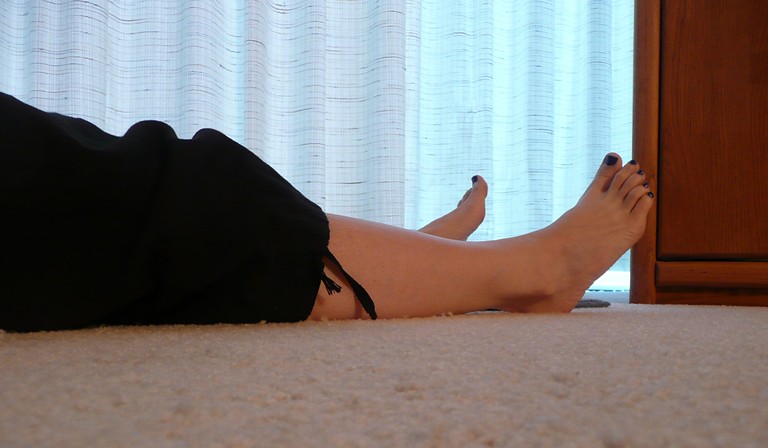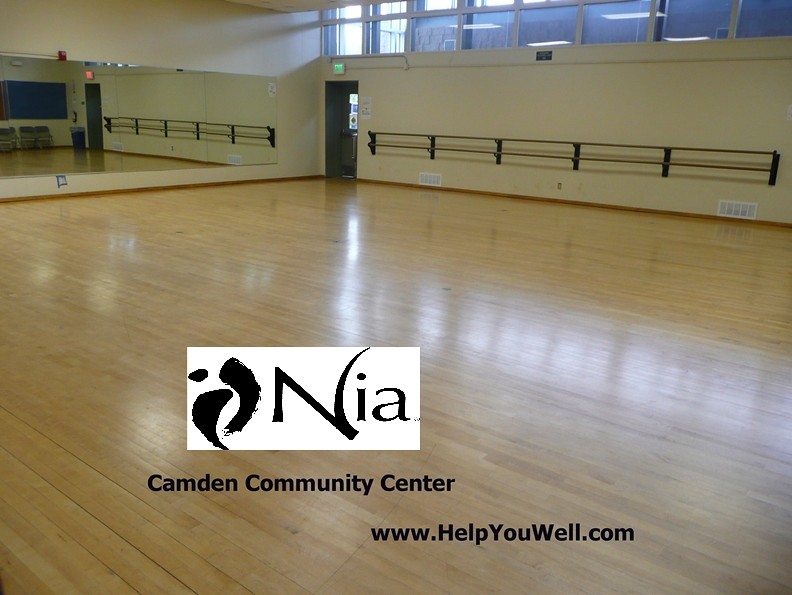I am learning a Nia Routine and the focus is the Nine Movement Forms (of Nia). All routines can be an opportunity to connect with the Nine Movement Forms, but when it is the designed focus of the routine it really helps to emphasize each one. There are nine songs to the routine and each song was created with the specific movement form in mind. It is an easy way to practice each form. It is a wonderful way to learn more. There are three arts and three movement forms from each art. The Arts are Healing Arts, Martial Arts and Dance Arts. The movement forms are the Teachings of Moshe Feldenkrais, Alexander Techinique, Yoga, T’ai chi, Tae Kwon Do, Aikido, Jazz Dance, Modern Dance, and Duncan Dance.
Each movement form can be used to guide the movements. Each movement form can energize the moves.
The below is from the Nia Technique (page 101)
(Healing Arts)
“Teachings of Moshe Feldenkrais: Reflective, healing, conscious. Move with sensory awareness and feel life as it happens.
Alexander Technique: Transformative, exploratory, natural. Move as a whole person, connected up and balanced.
Yoga: Timeless, linked, expansive. Move in ways that link your body, mind, and spirit to the outer world.
(Martial Arts)
T’ai chi: Flowing, tender, fluid. Float like a balloon, and move like a willow tree in the wind.
Tae kwon do: Sharp, powerful, active. Move with confidence, and feel* your own speed and strength.
Aikido: Harmonizing, peaceful, cooperative. Connect and blend with everything around you.
(Dance Arts)
Jazz dance: Playful, peppy, sexy. Move with pizzazz and express your most passionate emotions.
Modern dance: Languid, moody, balanced. Create different shapes with your body. Play with balance and contrasts.
Duncan dance: Soulful, spontaneous, unbounded. Move like a child enchanted by life.”
*I believe that should say “feel”
In the song matched up with the Teachings of Moshe Feldenkrais we move in the space. Sensing our bodies and the space around us. Sensing the space with our bodies. The T’ai Chi song has us moving fluidly both slow and fast. The movement is a flow. The third song takes us to a dance art and it is jazzy. We do jazz squares and move with pep and we snap our moves. In the song where we are focusing on Modern dance we make shapes with our bodies. We also sense the moods created by the different shapes. In the Duncan dance focus song we play rushing in and rushing out. The sixth song has moves that are to be done sharp and powerful. It is presented first slow than fast. And that gives the participant options to do either speed. In the song that focuses on Aikido we do a lot of turns . . . Aikido turns or four point turns. With the eighth song we are doing a cool down and use the idea of “long bones” and “short bones” which allows us to expand and stretch connecting to the sensation of yoga. The last song inf our floorplay, we explore the Alexander Technique by moving from the top.
Just a different way to experience the Nine Movement Forms (of Nia). A great way to delve deeper into Nia and its movement forms.
What do YOU think of when you think of these movement forms? What do you think of when you think of Moshe Feldenkrais? Are you familiar with the Alexander Technique? What comes to mind when you think of Yoga? What do you know of T’ai chi? Have you ever done Tae kwon do? Does thinking about Aikido make you dizzy? What could you show me about Jazz dance? Are you into Modern dance? Do you know who created Duncan dance?

